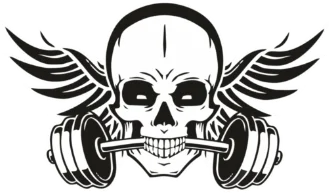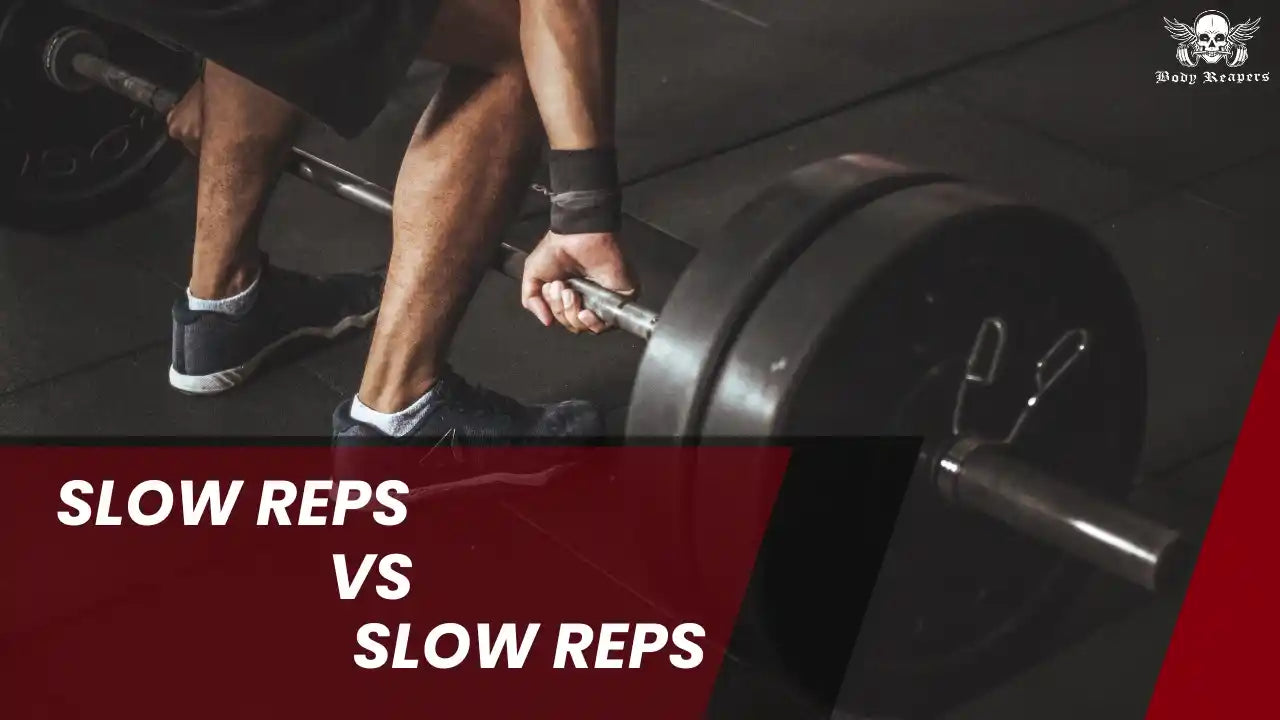Speed That Builds More Muscle
Walk into any gym. You will see two types of lifters. Some move weights with explosive speed. Others lift with slow, controlled precision. Both are convinced their method is superior. This leaves you with a confusing question. Which approach actually works best?
The truth is simple. Neither speed is universally better. The optimal tempo depends entirely on your training goal. Your rep speed is a powerful tool. Using it correctly can accelerate your results.
This guide cuts through the confusion. You will learn the science of repetition tempo. We provide clear recommendations for muscle growth, strength, and power. Transform your training by mastering the speed of every lift.
Understanding Rep Tempo: The Four Phases of Every Lift
To master tempo, you must first understand the components of a repetition. Each rep has four distinct phases. Controlling these phases manipulates time under tension (TUT). TUT refers to how long your muscle works during a set.
Exercise scientists use a four-digit notation like 3/1/2/0 to describe tempo
- Eccentric (Lowering Phase): The muscle lengthens under tension. Example: lowering in a squat.
- Isometric (Pause at Bottom): The muscle contracts without movement. Example: pausing at the squat's bottom.
- Concentric (Lifting Phase): The muscle shortens to move the weight. Example: rising up from a squat.
- Isometric (Pause at Top): The muscle contracts at peak contraction. Example: holding the squat at the top.
This systematic approach ensures you train with intention for every second of each rep.
Slow Reps vs Fast Reps: Which Tempo is Best for Your Goals?
One important detail that often gets overlooked when lifting is the speed at which you perform your repetitions, also known as rep tempo. Is it better to go slow and controlled, or try to crank through all your reps as quickly as possible? The debate over slow reps versus fast reps has been ongoing in the fitness world for a long time, and it depends on what you're training for.
What Are Slow Reps and Fast Reps?
Before we delve into the benefits of each, it's essential to understand what slow and fast reps actually entail.
Slow Reps
Slow reps are where you perform each rep in the entire range of the motion under control (the lowering and the lifting). Slow reps tend to last anywhere from 3 to 5 seconds while lowering and 1 to 2 seconds while lifting. This is a prevalent method for increasing time under tension (TUT), which is an essential variable for muscle hypertrophy (muscle growth).
Fast Reps
Fast reps refer to powerful, explosive movements where the concentric (lifting) phase is performed quickly and the eccentric (lowering) phase is controlled. Fast reps are quicker than slow reps. Fast reps focus on developing power and strength, usually in more explosive modalities (sprinting, Olympic lifting, etc.).
Slow Reps vs Fast Reps for Different Goals
Now, let's explore how slow and fast reps affect your training goals.
Slow Reps for Muscle Growth (Hypertrophy)
The best way to hypertrophy a muscle (grow) is higher TUT! Slow reps provide the time under tension element that allows your muscles to stay contracted for a longer duration with each repetition, further activating and stressing them, which triggers growth.
Benefits of Slow Reps for Hypertrophy:
- Increased Time Under Tension: Slow reps increase the amount of time your muscles are under load, which has been shown to promote muscle growth.
- Better Muscle Activation: When you perform slow reps, your muscles are loaded over a longer period of time, which (if done correctly) can make it easier to exercise that part of your body.
- Improved Control and Form: Slow movements help you maintain better control over the weight, reducing the risk of injury and improving form.
Pain Point: Most lifters struggle to effectively grow their muscles because they train with a fast, uncontrolled movement pattern that fails to create full muscle activation.
Solution: Slow down the tempo to ensure each muscle group is being targeted effectively and maximally, leading to better hypertrophy.
Fast Reps for Strength and Power
Fast reps are particularly effective for strength and power gains. The explosiveness in training will help you produce more power and activate a greater number of muscle fibres, which results in lifting heavier weights.
Benefits of Fast Reps for Strength and Power
- Increased Power Output: Fast reps train your body to exert more force, improving your power and strength output.
- Neurological Adaptation: Speed training enhances the efficiency of your nervous system, allowing it to activate more muscle fibres simultaneously. This leads to greater force production and the ability to lift heavier loads.
- Improved Explosiveness: For athletes or those seeking to develop more explosive power, fast repetitions are crucial for building speed and agility.
Pain Point: Lifters who use slow repetitions exclusively to increase strength or performance may actually hit a plateau.
Solution: Incorporate fast, explosive reps into your routine to boost power, increase barbell velocity, and improve your overall strength output.
How to Implement Slow Reps and Fast Reps in Your Workout Routine
Incorporating Slow Reps for Muscle Growth
To maximize the growth of muscles, go slow on reps while performing the eccentric (lowering) portion of your exercises. Do 3-5 sets with a lowering phase of anything between 3-5 seconds and a lift of about 1 to 2 seconds. Pay attention to controlled motion that increases muscle involvement.
Example for Chest Press:
Lower the barbell controlled for 3-4 seconds.
Drive the barbell up fast, in about 1-2 seconds for the lift.
Incorporating Fast Reps for Strength
Use when doing the concentric (lifting) phase, use rapid reps with speed emphasis. Do 3–5 sets for each exercise, attempting to accelerate the weight as quickly as you can while maintaining good technique.
Example for Squat:
Lower the weight with control.
Jump up as quickly (and powerfully) as you can.
Looking to improve performance during training using both slow and fast reps? We have quality equipment to help you reach your strength goals here at Body Reapers! Whether you're aiming to increase muscle size with slow reps or power with fast reps, Body Reapers has all you need for your success.
Conclusion
The slow reps vs fast reps debate is important if you want to get the most out of your workouts. Slow reps are great for muscle building and form, while fast reps are good for increasing your strength and power. Opt for a tempo that complements your training objectives, or use both for well-rounded training.
By varying your rep speed and adding both methods to your gym habits, you can break through plateaus, build strength faster, and see more immediate results. So, are you ready to take your lifting to the next level? Begin with slower reps to grow your muscles and faster ones for power and stick with it!





Leave a comment
This site is protected by hCaptcha and the hCaptcha Privacy Policy and Terms of Service apply.